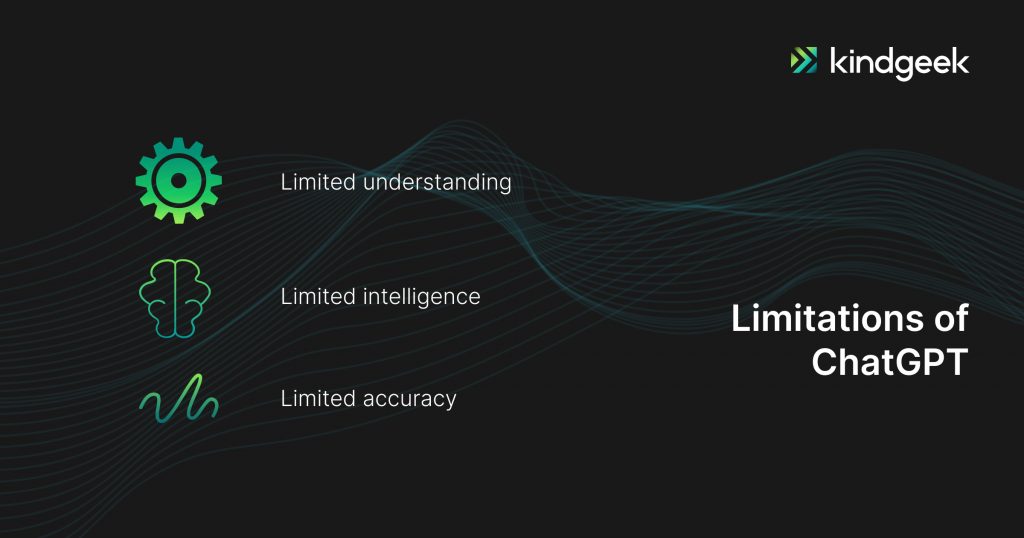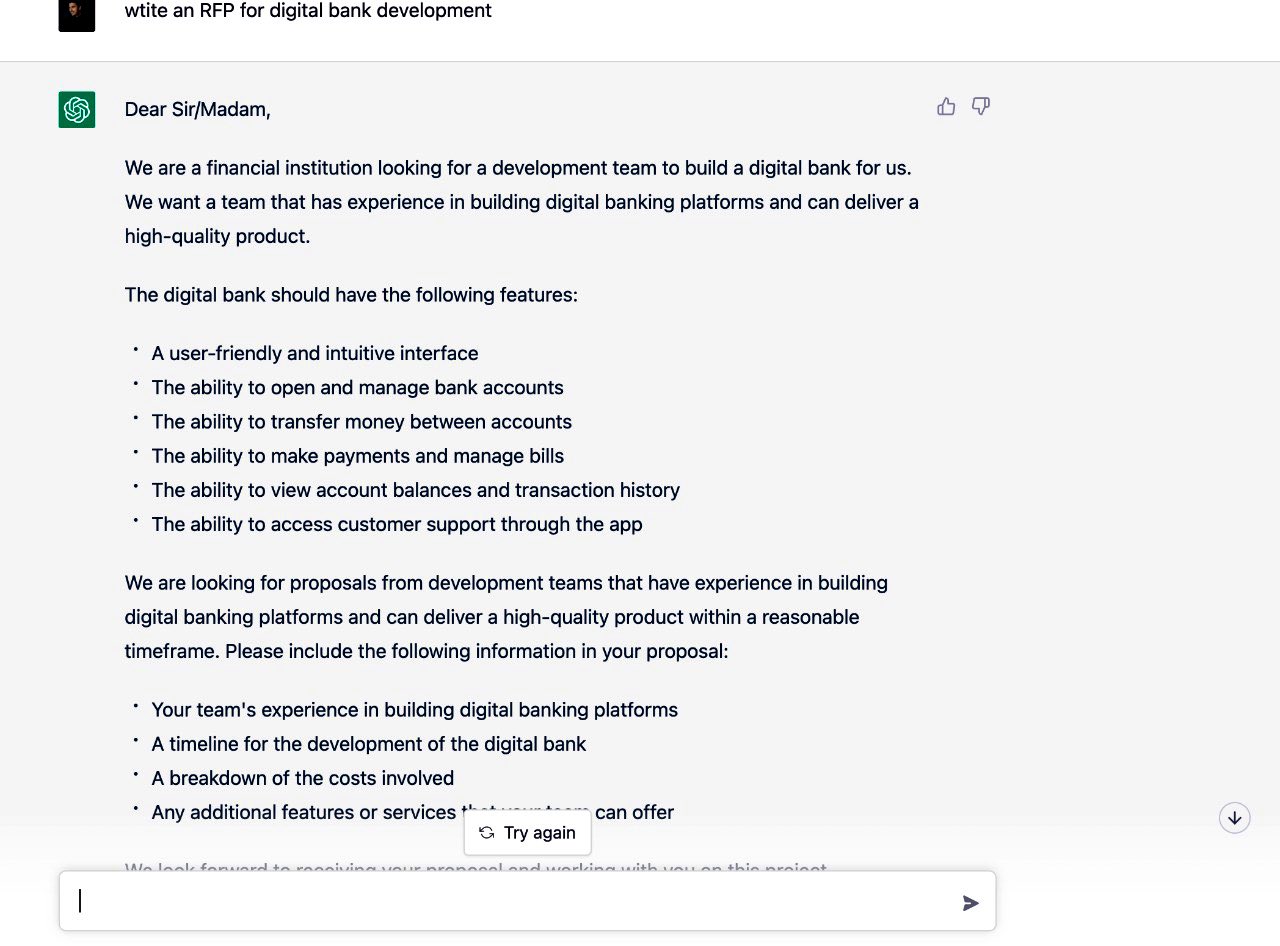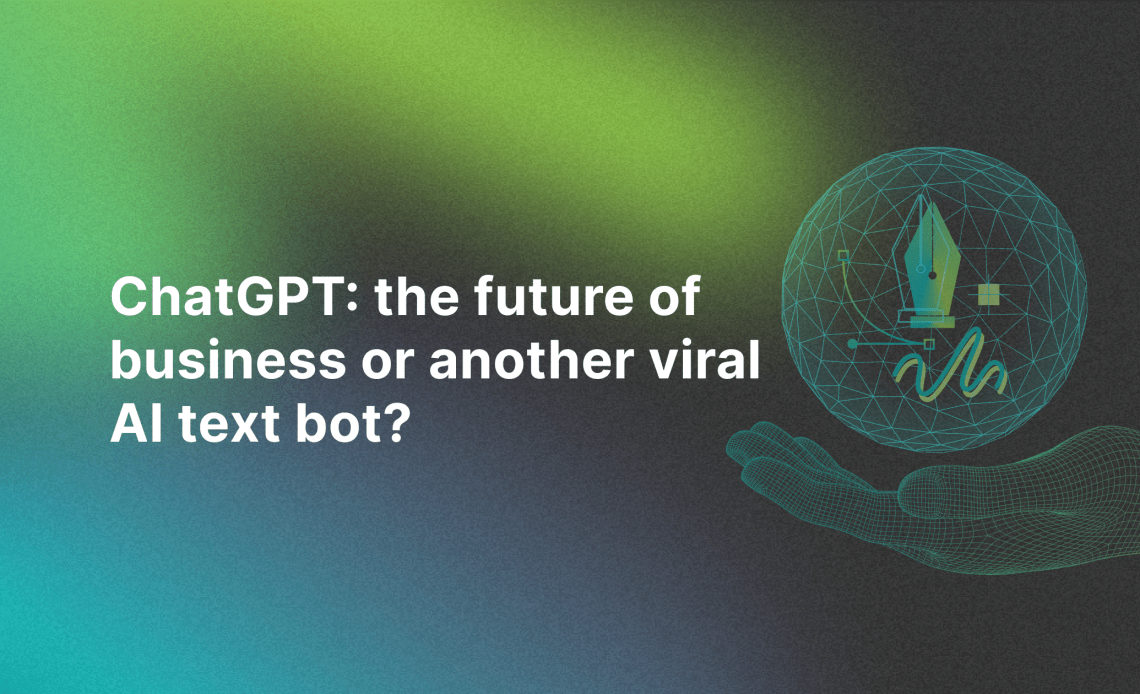Recently updated on April 15, 2024
Introduction
ChatGPT is an artificial intelligence (AI) chatbot that is designed to simulate a human conversation. It is based on natural language processing (NLP) and uses generative pre-trained transformer (GPT) models for text generation. GPT models are trained on large-scale datasets of text and are able to generate human-like responses to questions. ChatGPT was developed by the company OpenAI and is currently in its early stages of development.
This blog post aims to introduce ChatGPT and discuss its potential uses, advantages and limitations. We will also look at how ChatGPT can be used to create more natural and engaging conversations with users.
What is ChatGPT?
ChatGPT is an AI-powered chatbot that is designed to understand and generate natural language conversations. It is based on OpenAI’s GPT-3 model, which is the largest natural language processing (NLP) model developed to date. GPT-3 is a transformer-based language model trained on a massive text dataset.
GPT-3 is able to generate human-like responses to questions and conversations by analyzing the context of the conversation. For example, if the conversation is about travel, GPT-3 will be able to generate appropriate responses such as “Where do you want to go?” or “What type of trip are you looking for?”.
The ChatGPT model uses a “rule-based” approach to generate responses. It takes into account the context of the conversation and is able to generate appropriate responses based on the rules it has been trained on. It also uses a “generative” approach, which means it can generate new responses based on the context of the conversation.
Advantages of ChatGPT

ChatGPT has numerous advantages, some of which are outlined below.
1. Natural language processing (NLP): ChatGPT is powered by GPT-3, which is the largest natural language processing (NLP) model developed to date. GPT-3 is trained on a massive dataset of text and is able to generate human-like responses to questions and conversations. This makes it ideal for creating more natural and engaging conversations with users.
2. Cost-effective: ChatGPT is a cost-effective solution for businesses looking to provide customer support. Using a chatbot can significantly reduce the cost of customer service, as the chatbot can handle many of the common customer queries.
3. Easy to use: ChatGPT is easy to set up and use. The user interface is intuitive and user-friendly, making it easy for businesses to integrate the chatbot into their existing systems.
4. Scalability: ChatGPT is highly scalable and can be used for a variety of different applications. It is able to handle multiple conversations simultaneously, making it suitable for businesses with a large customer base.
5. Customizable: ChatGPT is highly customizable and can be trained to respond to specific queries or conversations. This makes it ideal for businesses that require a customized chatbot experience.
Limitations of ChatGPT

ChatGPT has some limitations, some of which are outlined below.
1. Limited understanding: ChatGPT is limited in its understanding of natural language. It is only capable of understanding and responding to simple conversations and queries.
2. Limited intelligence: ChatGPT is not as intelligent as a human and is limited in its ability to think and reason. This means it is unable to provide complex answers to complex questions.
3. Limited accuracy: ChatGPT is less accurate than a human and is prone to making mistakes. This can lead to inaccurate responses and unsatisfactory customer service.
ChatGPT use cases
As ChatGPT continues to advance, we see more and more use cases for ChatGPT, from improving business operations to shaping the way we interact with technology.
I decided to try ChatGPT out in the business environment. I asked it to generate an RFP for DigitalBank, and then I sent the results to the work chat.
I dropped a screenshot in the C-level chat without context, and our CTO took it for an actual intro letter from the client. He has seen thousands of such letters and requests.

While we cannot yet predict the tool’s future, the letter seemed truthfully realistic. As the algorithm learns, it can simplify and automate work for specific positions or even make them unnecessary.
Here are just a few positions that ChatGPT might impact:
- Customer support managers (for example via ai-powered assistant for fintech)
- Content creators
- Social media managers
- Translators
- Technical Writers
- Business Analysts
- Junior software engineers
- Junior UX/UI designers
Accordingly, for some, ChatGPT can become an excellent tool to increase their productivity and efficiency. For someone – the reason for a job, company, or direction change.
To sum up, from my experience using #ChatGPT over the past few days, this tool is qualitatively different from other similar tools and may become widespread over time.
Conclusion
ChatGPT is an AI-powered chatbot that is designed to understand and generate natural language conversations. It is powered by OpenAI’s GPT-3 model and is capable of generating human-like responses to questions and conversations. It has numerous advantages, such as being cost-effective, easy to use, scalable and customizable. However, it has some limitations, such as being open source and having limited understanding, intelligence and accuracy.
Overall, ChatGPT is a powerful tool for businesses looking to provide customer support. It can provide more natural and engaging conversations with users, as well as reduce the cost of customer service. However, businesses should be aware of its limitations to ensure they get the most out of the chatbot.




